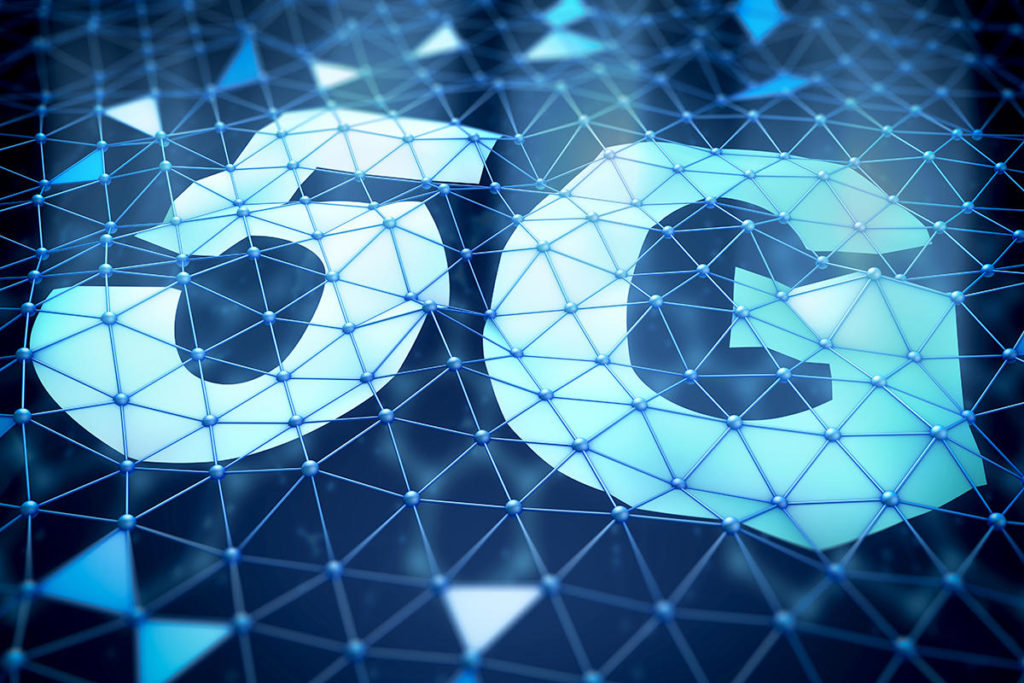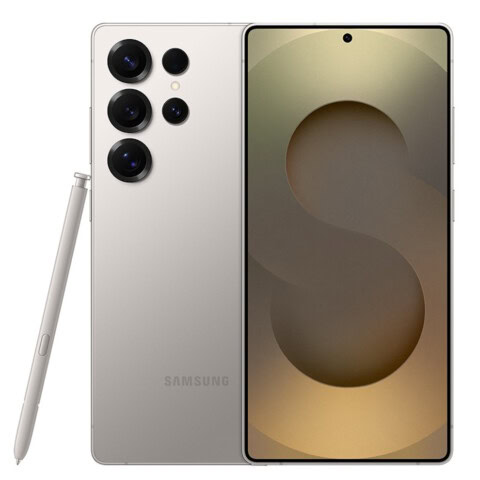Nokia 7.2 Smartphone REVIEW
Summary
Nokia 7.2 REVIEW
Nokia’s comeback is in full swing with this fully featured winner which survived even clumsy PAT PILCHER’s attempts to destroy it straight out of the box.
$549
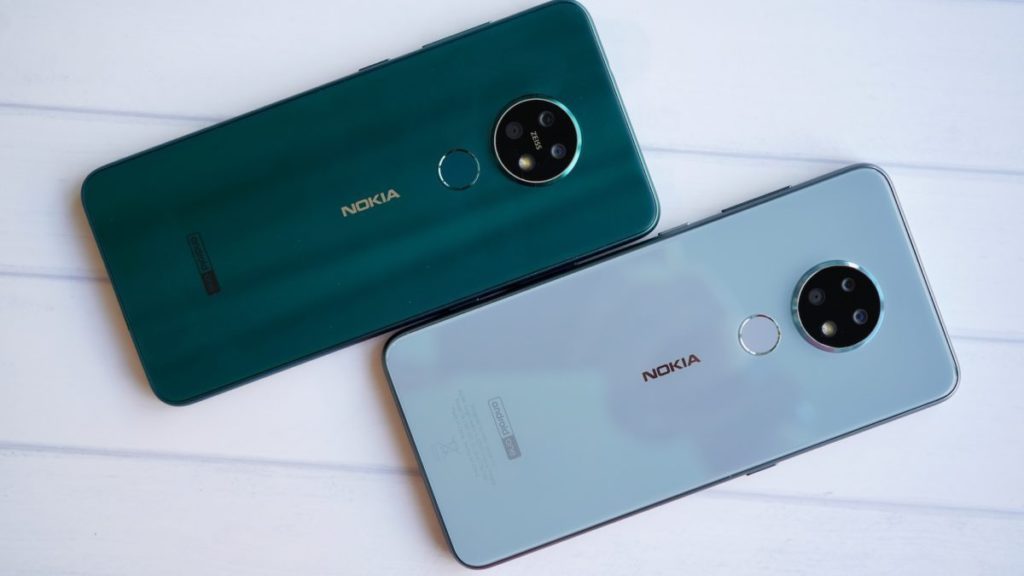
Anyone who owned a cell phone back in the ’90s most probably has fond memories of one of the many Nokia phones available back then. Many didn’t have cameras. Gaming was limited to Snake, but they were built like a brick-you-know-what-house and had a battery life measured in days, not hours.
Sadly, Nokia didn’t survive the onslaught of Android and iOS smartphones, but their vanishing act was thankfully temporary. After a disastrous fling with Microsoft, Nokia re-emerged as their own management bought their operations back to fully embrace Android. Since then they’ve been carving out a growing following.
Huawei, Samsung, and Apple continue to duke it out at the top end of the phone market. Still, Nokia has their eye firmly on the mid-range and budget ends of the market, which is often where a lot of the less obvious yet exciting innovation happens. Nokia has also demonstrated that this is where flagship features and design ideas get crammed into stylish yet ever affordable handsets.
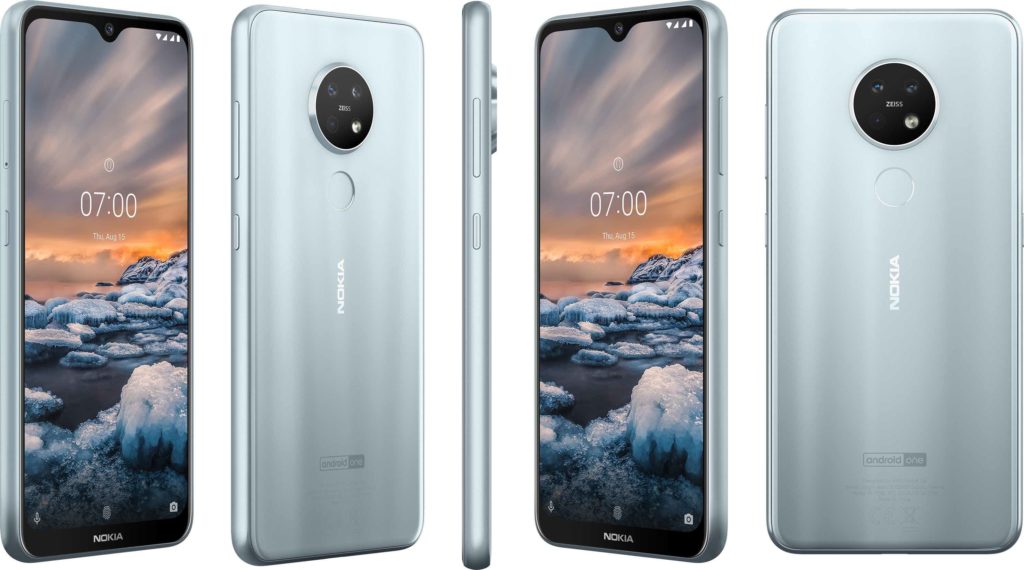
Solid All-Rounder
Their latest, the Nokia 7.2, is no exception to this trend and costs just $549. Yet I found during this Nokia 7.2 review that it appears to be a solid all-rounder featuring a triple-rear-camera configuration and bloat-free and near-stock version of Android that many flagship phones (except for Google’s Pixel range) lack.
While its design won’t win any originality prizes, the 7.2 is a head-turner. One of its less obvious features is its all-plastic design. Nokia championed plastic back in the day, and it worked exceptionally well. History looks to repeat with the 7.2, which features a faux alloy polycarbonate sideband and a glass-like plastic rear. Around the front is a glass panel covering a 6.3-inch IPS display. All told, the use of Tupperware works and makes for an eye-catching design, even if it is vaguely generic.
In saying this, I’m not slating Nokia. In fact, I mean quite the opposite. They’ve taken a design language that has worked exceptionally well with other brands from the same stable and used them to good effect. When viewed front-on, the 7.2’s curved edges and the notched display is very samey-samey, but this is a challenge all phone makers face. Around the back, the circular camera module looks like it could be from Motorola, Huawei or a host of other brands. It isn’t terribly original. Still, the important thing is that it does look good, and the 7.2 sits very comfortably in hand.
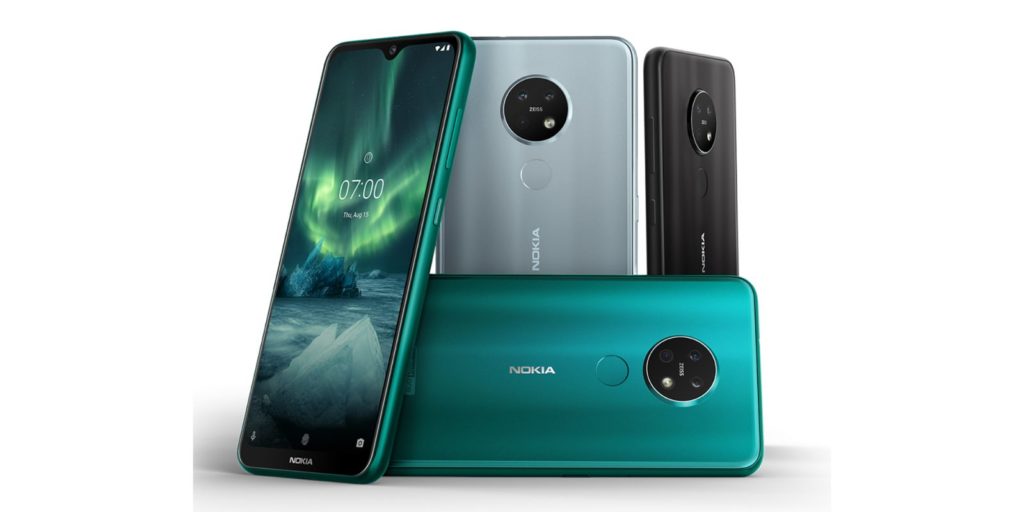
Plastic Fantastic
One of the side benefits of the use of plastic quickly became apparent when I was setting the 7.2 up. An awkward fumble saw it plummet from my kitchen bench onto a hard wooden floor, landing corner first. It bounced. Fearing the worst I picked it up, expecting to see a cracked screen. Aside from a slight ding in the floor, there was no trace of any damage – not even a scratch. This said, there is no way to know just how much of this is due to my own dumb luck, so buying a protective case is still a good idea.
The other factor that plays well for the Nokia 7.2 is its construction. By the end of this Nokia 7.2 review, I reckon that for a mid-range phone, I realised it’s exceptionally well put together. Even though it’s hewn out of Tupperware, there was no creak or flex. Weighing in at 180g it also has a pleasing amount of heft, which lends it an upmarket feel despite its mid-range sticker price.
HMD added a simple yet insanely useful feature that comes in the form of a notification LED built into the 7.2’s power button. It glows and blinks softly white when there’s an SMS or email message, meaning you can tell at a glance if you need to pick up your phone.
OK Google?
The other not quite so useful feature I found during this Nokia 7.2 review is an extra dedicated Google Assistant button. It sounds good on paper, but the reality is that it’s unnecessary and often an annoyance. Training your phone to respond to “OK Google” voice commands is simpler. Best of all, you don’t fire up the assistant when powering on/off or pocketing the phone. The bottom of the 7.2 has a USB-C port, and in a pleasant surprise, HMD scores brownie points by adding a 3.5mm headphone jack.
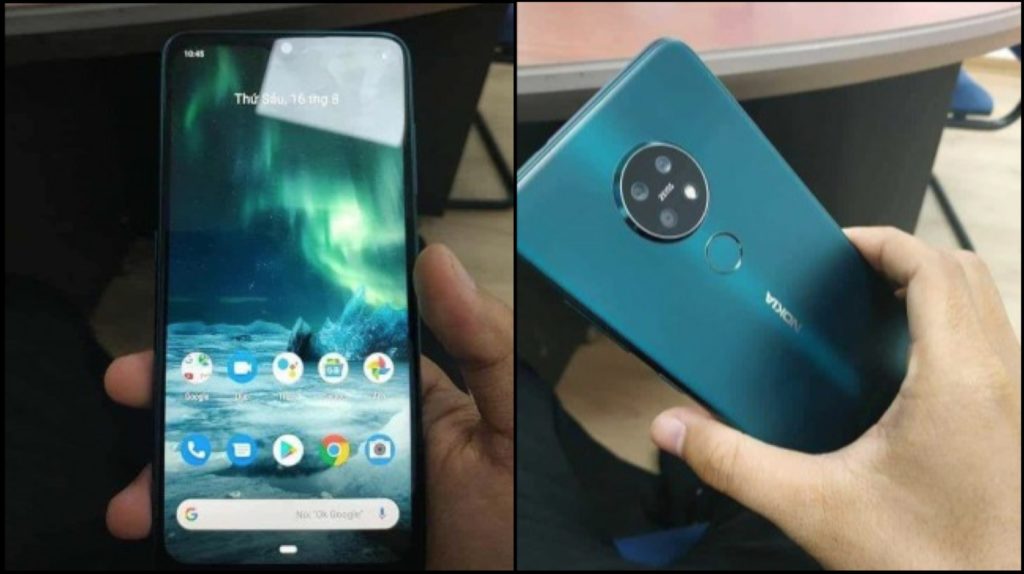
Another big win with the 7.2 is its 6.3-inch IPS LCD display. It’s a 1080 x 2280 Full HD+ screen and has HDR10 support. For anyone who streams movies/TV this is a real bonus, as is PureDisplay, which can upscale Standard Dynamic Range video to a pretty convincing faux HDR. Catching a few Jack Ryan episodes off Amazon Prime showed this off to good effect.
A Qualcomm Snapdragon 660 CPU powers the 7.2. This isn’t a huge surprise given the 7.2’s very reasonable sticker price. Still, the real surprise was just how well it managed to deliver a smooth, stutter and lag-free experience. The 660 is a solid piece of silicon, and it balances grunt with power consumption. This has seen it used in a raft of other devices including Xiaomi’s Mi A2, Oppo’s V11 Pro and Samsung’s A9. This was borne out by the fact that with medium settings enabled, PUBG Mobile ran silky smooth.
Thanks For The Memory
This was probably helped in part by the 7.2’s 4GB of RAM. The 7.2 also comes with a generous 128GB of storage. This also includes microSD support for an additional 512GB should you want to add it (which if you’re wanting to take advantage of the HDR upscaling, is a no brainer). Despite its affordable sticker price, it appears that HMD has not skimped on the 7.2’s storage and RAM.
When it comes to Android, Nokia phones have an advantage over many competitors. The 7.2 runs Android 9.0 Pie and uses Android One. Given Nokia’s track record to date, it’s safe to assume that the 7.2 will receive Android 10 in short order. Being an Android One device also means that regular security updates are guaranteed for three years. This means that the useful life of the 7.2 is likely to be considerably longer than other more costly devices that won’t get regular updates.
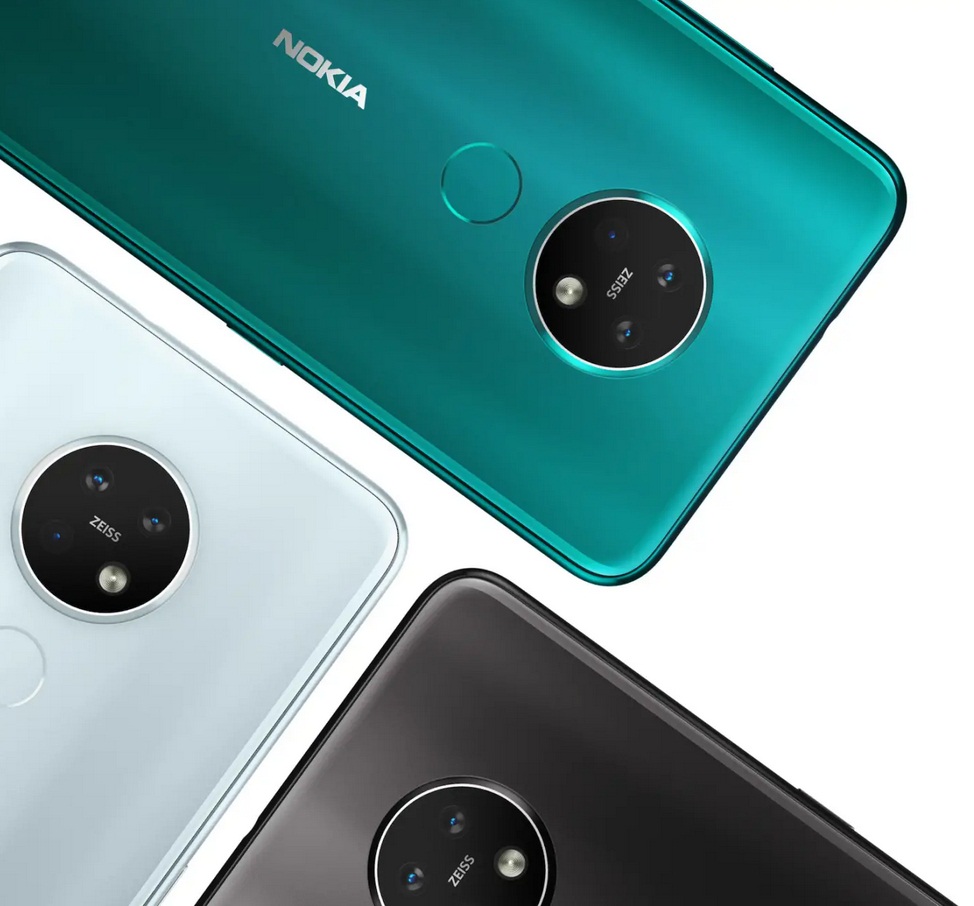
Another big selling point with the Nokia 7.2 is that it runs what is to all intents and purposes a near-stock version of Android. Where so many others clutter up their phones with crapware and horrid cartoony user interfaces, stock Android makes the 7.2 a joy to use.
Its camera setup also deserves special mention. The 7.2 is one of a small (but growing) number of mid-range phones with a rear triple-camera setup. There’s a 48MP primary shooter, an 8MP ultrawide camera, and a 5MP depth sensor.
The combination gives 7.2 users a lot of flexibility when it comes to photography/videography. Like considerably more expensive phones, it can do zoomed in or out photos as well as excellent bokeh shots. Add to this both Night and Pro modes, and AI which automatically adjusts shooting modes based on what the camera is seeing, and the 7.2 looks set to challenge considerably more costly phones.
Stunners, To A Point
In use, the camera took a lot of stunning shots, and it did an excellent job with its night mode. There were, however, a few reminders that the 7.2’s camera setup comes with limits. Photos taken with the ultrawide sensor, for instance, tended to look washed out. Post-shooting sharpening also gave everything hard edges. Around the front is a 20-megapixel camera, which works well for Skype, or dare I say it, selfies.
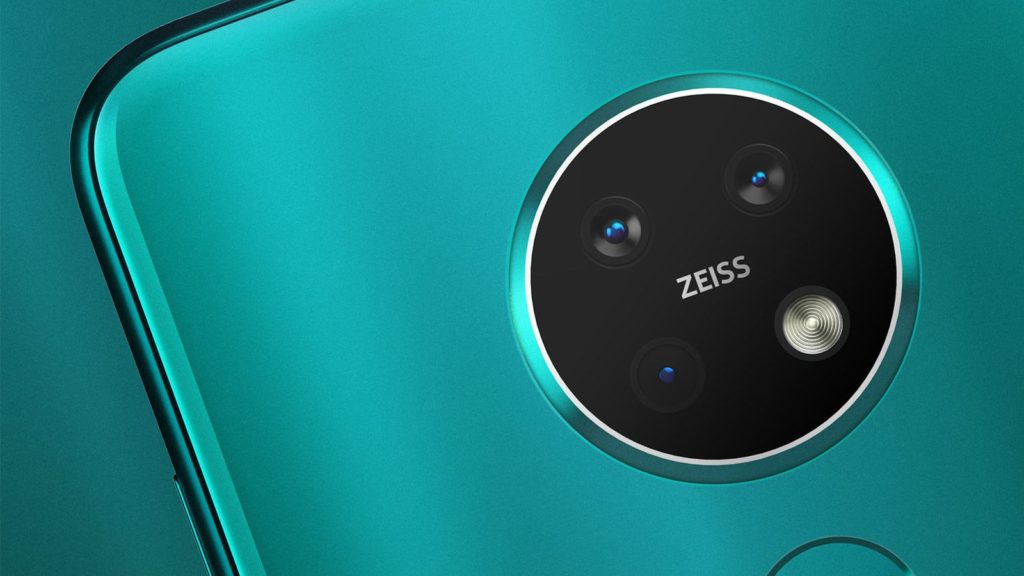
Keeping things running is a 3500mAh battery. Nokia says it’ll run for up to two days between charges, and I got just shy of that with moderate to heavy use, which considering the price, isn’t too shabby at all. Catching up on a few shows via Amazon Prime that I’d downloaded to the 7.2’s storage saw power consumption of around 5 percent of the charge for every 15 minutes viewed. This wasn’t a huge issue though, as the 7.2 supports Qualcomm Quick Charge technology. Sadly, Nokia only bundled a 10W charger, which seems a tad stingy given 15W chargers are pretty much the norm.
Nokia 7.2 Review – Summary
While the 7.2 isn’t perfect, in this Nokia 7.2 review I found it still represents excellent value for money. Affordability aside, a sleek design, clean user interface and guaranteed updates makes it a compelling proposition for anyone not too fussed about cameras but who wants a flagship-like device without having to sell their firstborn or part with a kidney.
Specs
6.3-inch HDR display
Android One, Android 9.0 Pie
Three cameras on the back, including 48-megapixel sensor
Snapdragon 660 CPU with 4GB or 6GB RAM
159.9 x 75.2 x 8.3mm, 180g
Headphone jack









